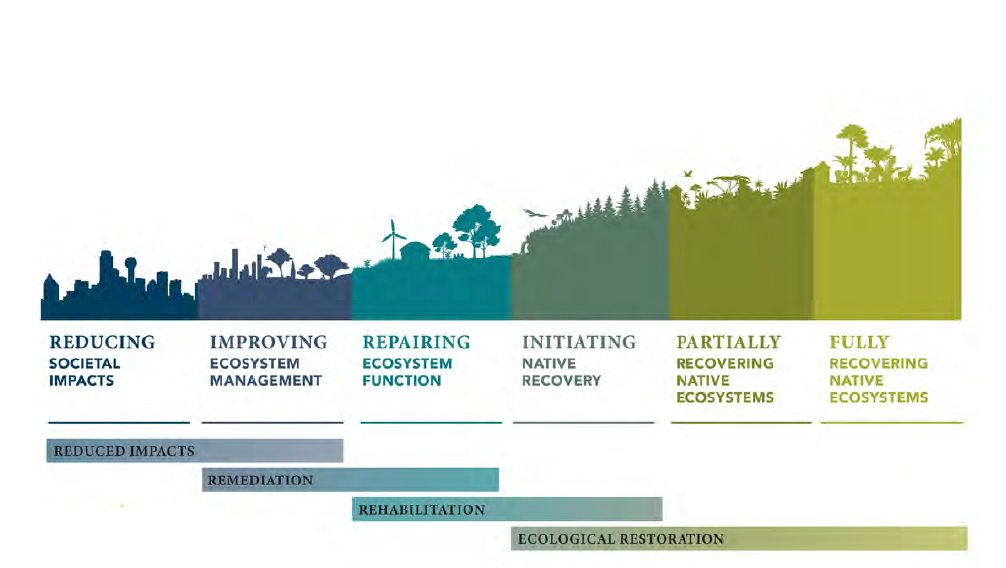We want the best possible ecological outcomes achieved from work across Gondwana Link. Consequently, we support the use of clear standards for all restoration work to provide clarity over the relative value of various project options, and to help encourage processes of continual improvement.
There is still a lot of confusion over the various forms of restoration being undertaken. We developed initial standards for restoration plantings in 2009, and was delighted when broader Restoration Standards were adopted nationally in 2016. It’s with some pride we note that these were the basis of recognised international standards developed and adopted in 2016.
These standards are particularly applicable to any project aimed at restoration of native systems; they may also be applied to other revegetation projects, such as the development of commercial enterprises, revegetation for catchment hydrology or erosion control, or revegetation for amenity and other purposes on farms. They recognise that environmental work happens across a continuum of activities, from work that reduces the damage from existing land-use to the total restoration of original ecosystems.
National Restoration Standards 2nd Edition 
The standards recognize that not all revegetation – even of native species – can be considered to contribute equally to ecological function and biodiversity. To refer to any standard of revegetation of native species under the one label of “biodiverse” can be very misleading. The use of standard ratings for different revegetation activities based on the relative ecological benefits will assist those involved in Gondwana Link to identify the contributions made by various plantings to the Gondwana Link vision. The standards:
- Clarify which projects are ecologically strong enough to be recognised as part of Gondwana Link efforts.
- Assist groups and individuals undertaking revegetation activities in the Gondwana Link areas, or elsewhere, to consider in their planning and implementation the range of factors which increase the ecological benefits.
- Clarify the appropriate use of terms such as “restoration”, “biodiverse revegetation” and “biodiverse enterprises” by providing consistent criteria.




